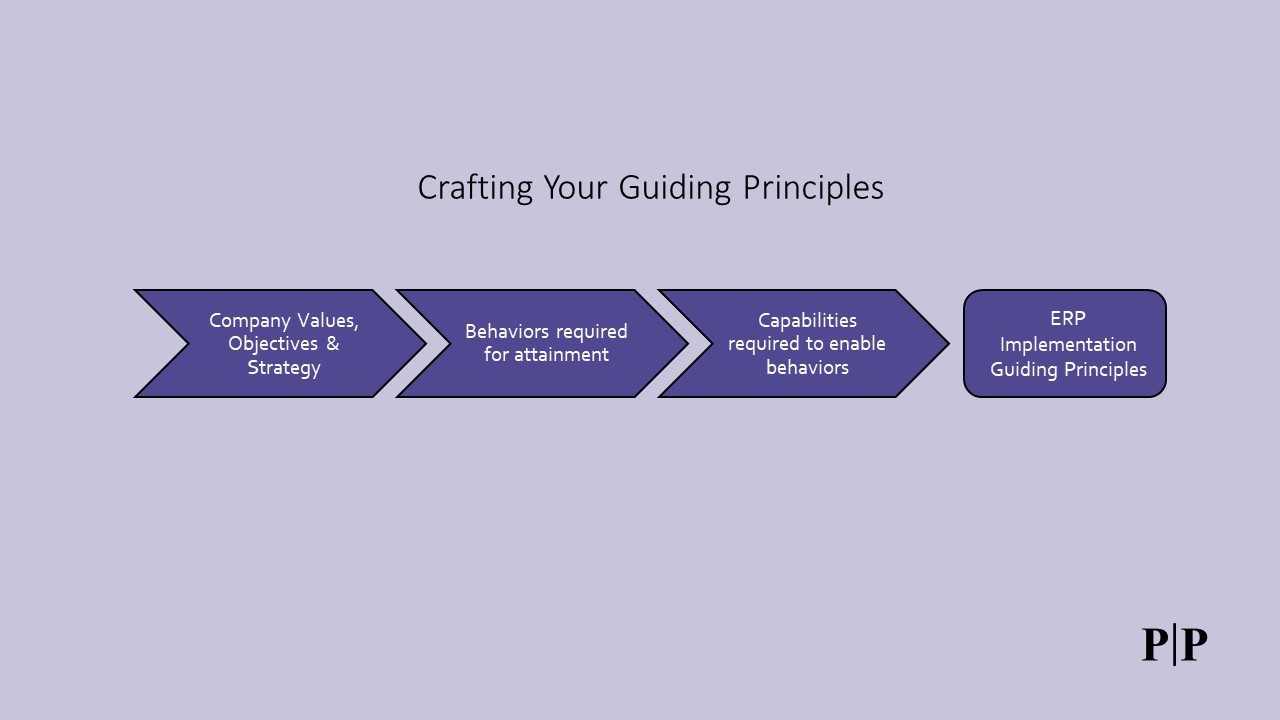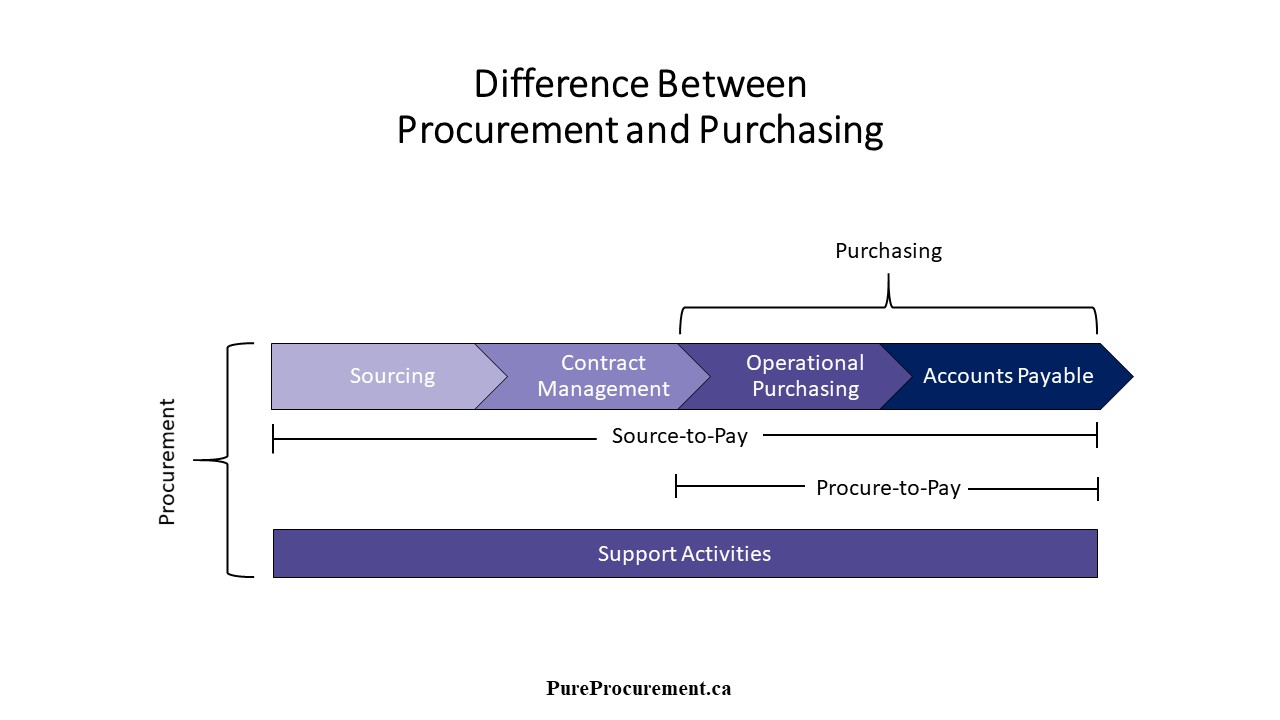
Whenever I read, I’m always trying to mine “knowledge nuggets” for additions into my collection of business transformation guiding principles. Recently, while re-reading Tribe of Mentors, I stumbled upon what is one of my new favorite business quotes. It is a seemingly innocuous comment by Temple Grandin during an interview for the book. It goes as follows:
I have observed that people want the magic new thing more than they want improved management to fix problems. Managers need to carefully determine the areas in their business where new technology is the right choice and other areas where a back-to-basics management approach may be more effective.
– Temple Grandin
To me, the underlying belief behind her statement is that the solution to a problem is optimal when it reaches its most simple expression. If you subscribe to this belief then there’s definitely a business transformation guiding principle to be taken away:
All things being equal, the simplest solution to a problem should always be privileged.
Moreover, it’s important to note that simple doesn’t mean easy. In the end, you have requirements to meet. There’s another great quote by Einstein that illustrates this:
Everything should be made as simple as possible, but no simpler.
– Albert Einstein
In the digital enterprise context, this means that any business problem that can be solved durably by a sustainable management approach (simple paper dashboard, business rule, business process, hierarchical change, etc.) should not be resolved using a new IT system / software implementation unless there is a critical reason to do so (regulatory, competitive advantage, etc.).
If you think this guiding principle takes things too far, let me try to convince you otherwise…
The Case for Simple
A simple solution is defined as the most efficacious action to achieve an objective. This means minimizing waste to accomplish the task by using the least amount of resources possible (time, money, physical materials, etc.). It’s easy for IT business partners, business analysts and software companies to fall into the trap of the “magic new thing” (a software product) as the simplest solution (every problem is a nail when all you have is a hammer…). However, what we often forget is that in some cases the software solution that will “automagically” fix your problem can require the same amount of resources, if not more, to maintain than a manual process that would achieve the same objective.
Let’s take a document management system (DMS) as an example. A company might start looking into these solutions when they’ve heard: “we can never find the documents we’re looking for” one too many times from employees. A DMS could be part of the solution to fix this problem but if that’s your only problem (requirement) then you might be trying to kill a mosquito with a bazooka… A new DMS system implies new operational costs such as hardware, software, system administrators, architects, power users, etc. not to mention the initial implementation costs.
And, whether you use a simple folder structure on a shared drive or a “cadillac” DMS system, you never get out of having to do the hard work of establishing a common folder structure nomenclature and training all your employees to use it correctly. If you implement a DMS system and bypass this step, you will simply have a very expensive container to store your disorganized documents… It would amount to buying a Rolls-Royce exclusively for the trunk.
So, when looking at solutions for the “we can never find documents” problem, you might want to simply consider creating a Document Manager position within your organization. This person’s sole responsibility would be to establish the nomenclature, manage documents across the enterprise according to these rules and train users. Take away everyone else’s shared server write access and voilà: you have organized documents. The additional employee’s salary will cost less than the total cost of ownership (TCO) of the new DMS solution.
I’m oversimplifying here for argument’s sake but you can see how this avenue, with a few more constraints and objectives considered, could very well be the simplest solution to the problem at hand. It would satisfy the objectives without the need for new software. More importantly, it would optimize the firm’s resources.
Of course, this logic won’t always yield the simplest solution but it’s definitely a route to consider when working through a problem. Defaulting to software to solve problems keeps steadily growing your overhead costs, even when it’s not optimal to do so.
———————————
Do you catch yourself defaulting to software to solve problems? What mechanisms have you put in place to keep bias in check? How do you ensure the mechanism is used? Let me know in the comments.
If you liked this post, why not Subscribe
Last Updated on January 7, 2021 by Joël Collin-Demers



2 thoughts on “Solve Business Problems, Don’t Implement Software”
Excellent post Joël! Sometimes we forget the basics with all those magic things ! Temple and Einstein are so right ! Fred
Very true statements and yes, no need to kill a mouse with an elephant gun! We too often turn to automation and/or the next available ‘App for that’, without doing the legwork to analyze the problem and determine what might ‘simply’ be required as a solution. Great post!